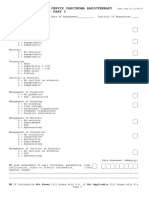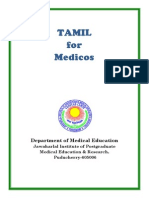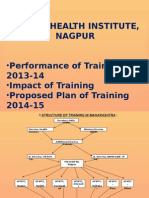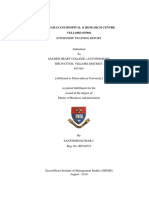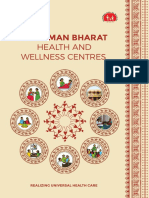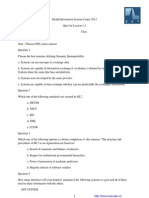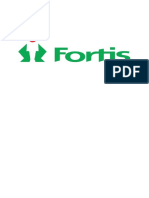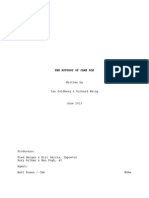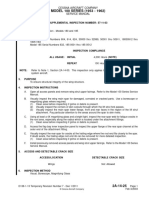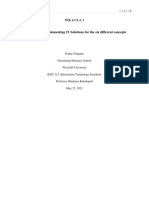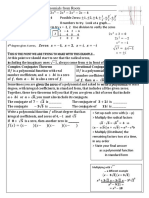0% found this document useful (0 votes)
382 views6 pagesStack Analysis
The Davies Report evaluates the Cleveland Clinic's Hypertension Improvement Program aimed at enhancing blood pressure control among its 400,000 patients through primary care physician involvement. It details the workflow, information systems, and modules used for hypertension management, highlighting improvements in patient outcomes due to proactive strategies. The report also addresses privacy, security, and ethical concerns related to patient data management and emphasizes the importance of accurate data for effective intervention.
Uploaded by
coenbrovCopyright
© © All Rights Reserved
We take content rights seriously. If you suspect this is your content, claim it here.
Available Formats
Download as PDF, TXT or read online on Scribd
0% found this document useful (0 votes)
382 views6 pagesStack Analysis
The Davies Report evaluates the Cleveland Clinic's Hypertension Improvement Program aimed at enhancing blood pressure control among its 400,000 patients through primary care physician involvement. It details the workflow, information systems, and modules used for hypertension management, highlighting improvements in patient outcomes due to proactive strategies. The report also addresses privacy, security, and ethical concerns related to patient data management and emphasizes the importance of accurate data for effective intervention.
Uploaded by
coenbrovCopyright
© © All Rights Reserved
We take content rights seriously. If you suspect this is your content, claim it here.
Available Formats
Download as PDF, TXT or read online on Scribd
/ 6


